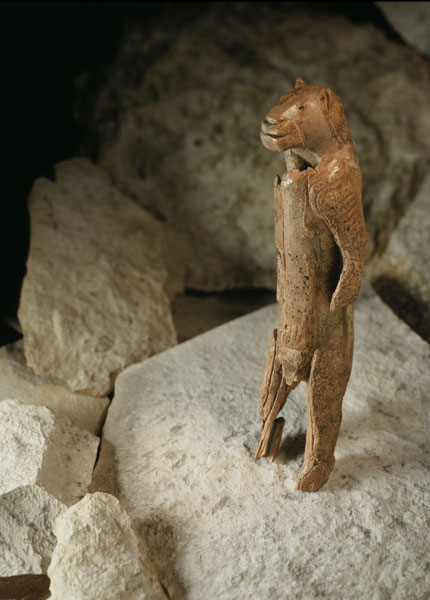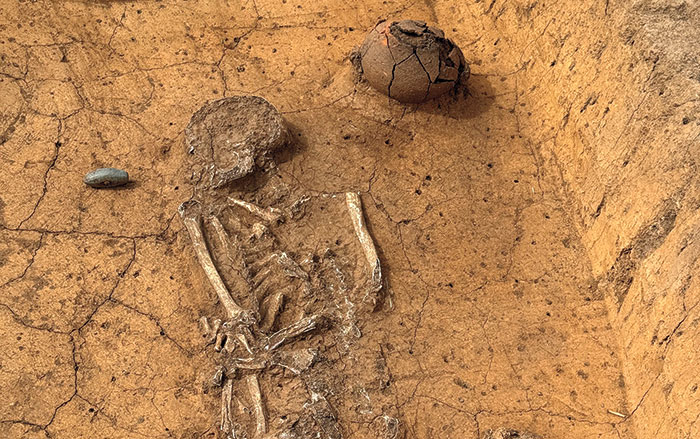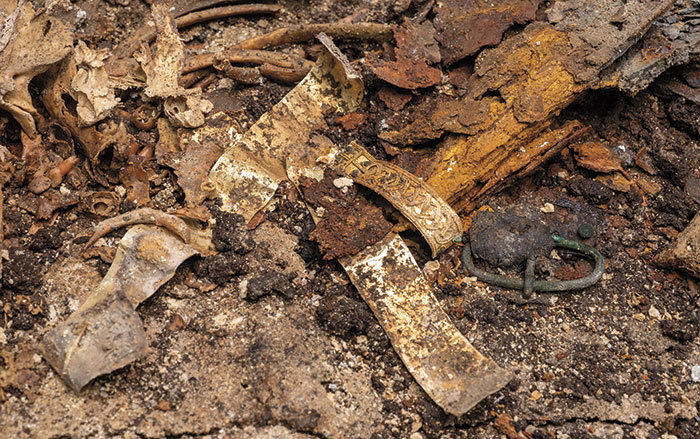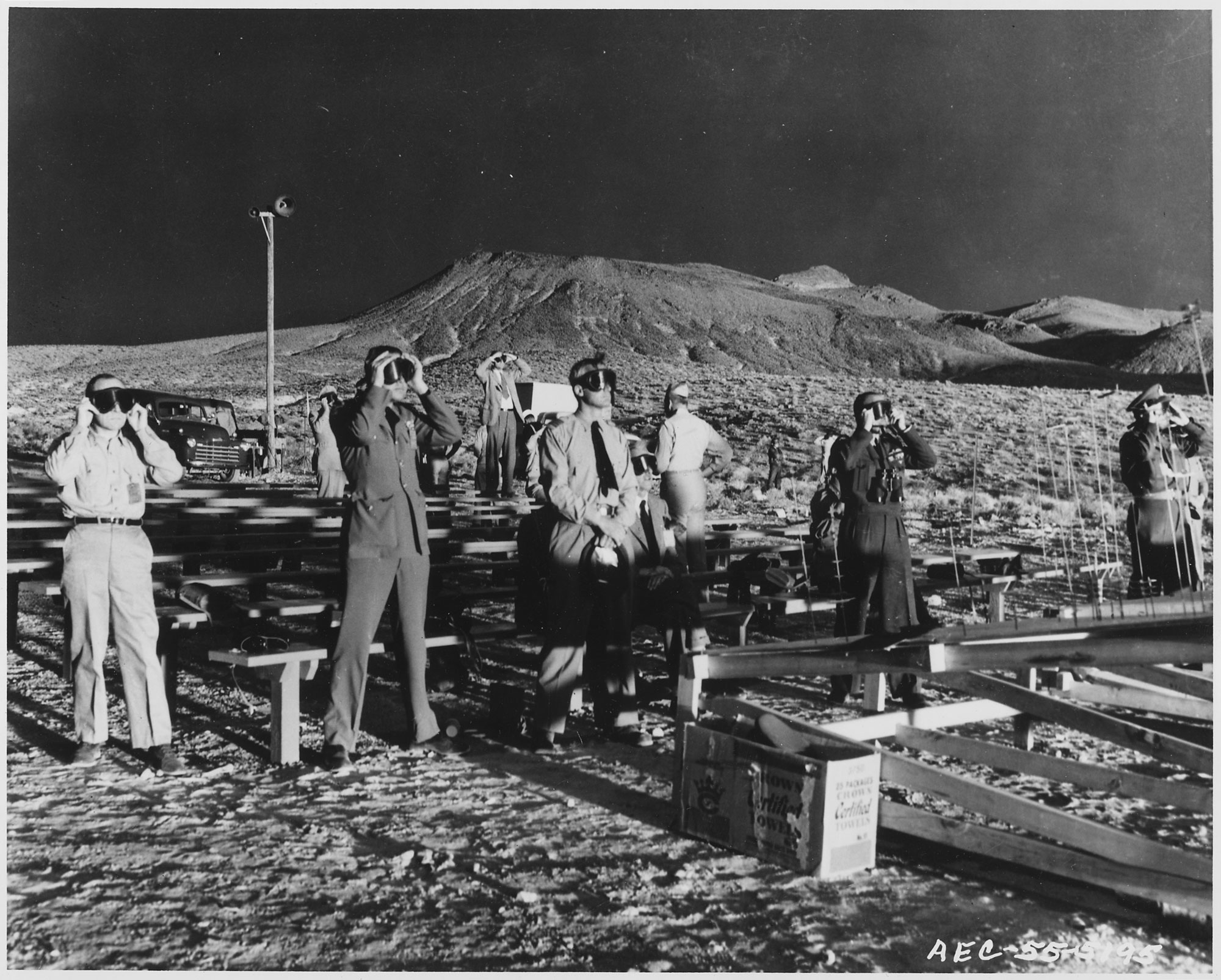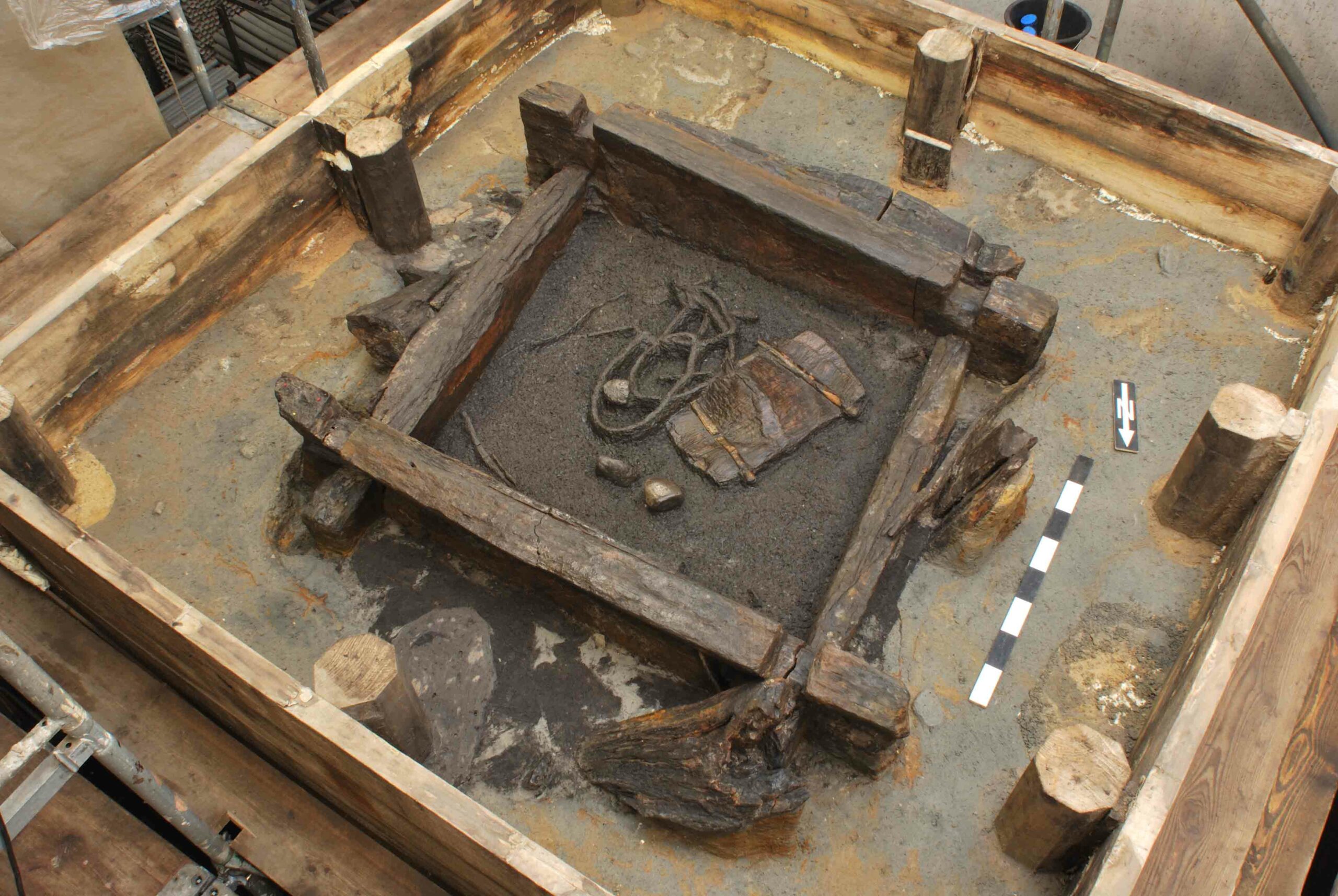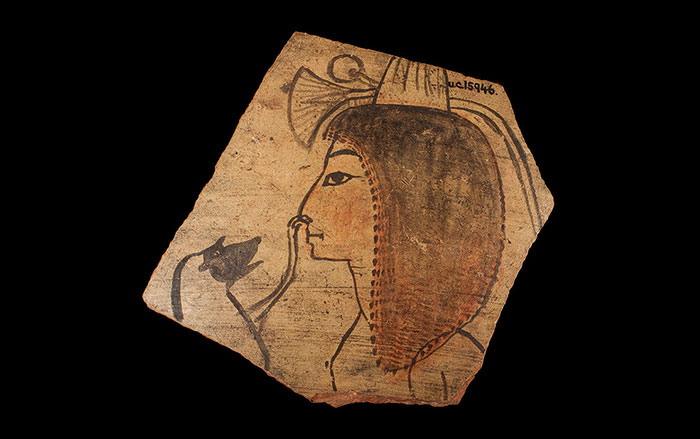
One of the most famous works of Ice Age art has been given a new face. A lion sculpted from mammoth ivory about 40,000 years ago was found in the 1930s in Vogelherd Cave, one of the four caves in Germany’s Swabian Jura Mountains that has produced evidence of the world’s earliest art and music. The lion has long been thought to be a relief, unique in Paleolithic art, says archaeologist Nick Conard of the University of Tübingen. For the last decade, Conard has been reexamining both the cave and spoil heaps left by earlier archaeological efforts. Among that material, his team found a carved lion’s face they soon realized was the missing half of the famous figurine’s head. It’s now clear that the lion was not a relief but rather, like the caves’ other Ice Age figurines (“New Life for the Lion Man,” March/April 2012), a fully three-dimensional work.


